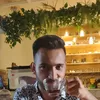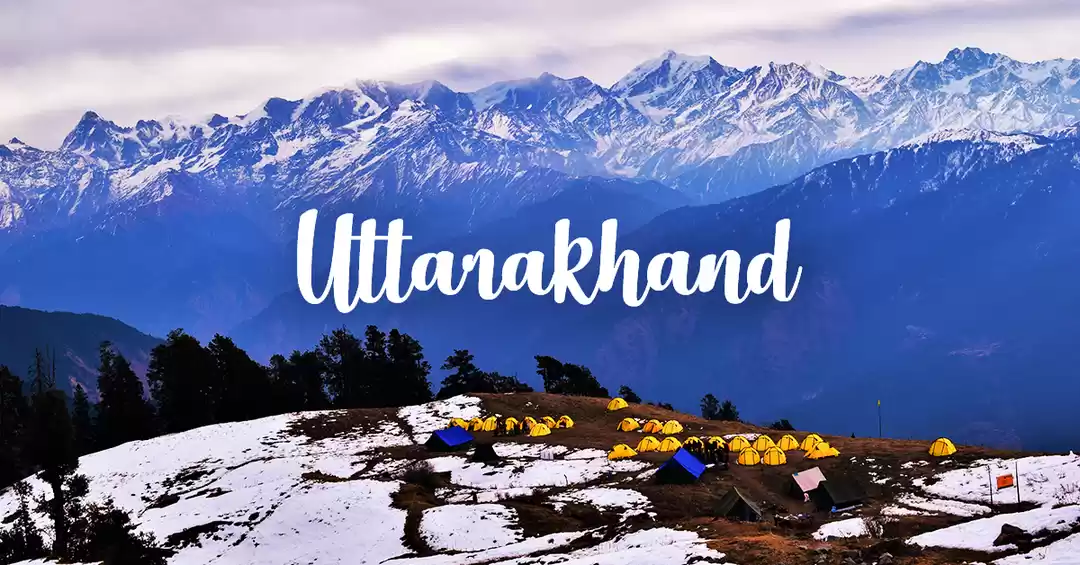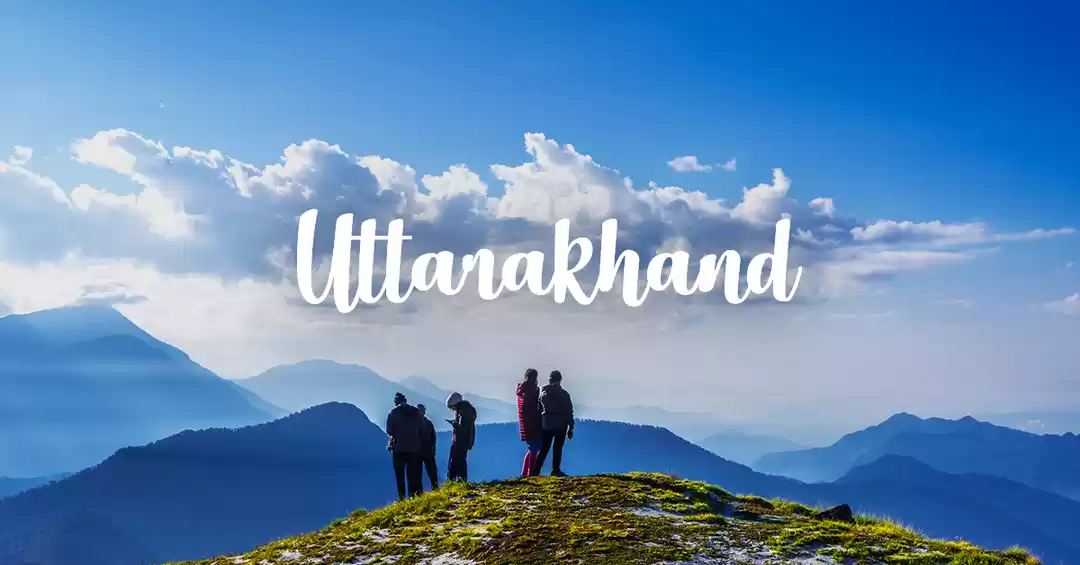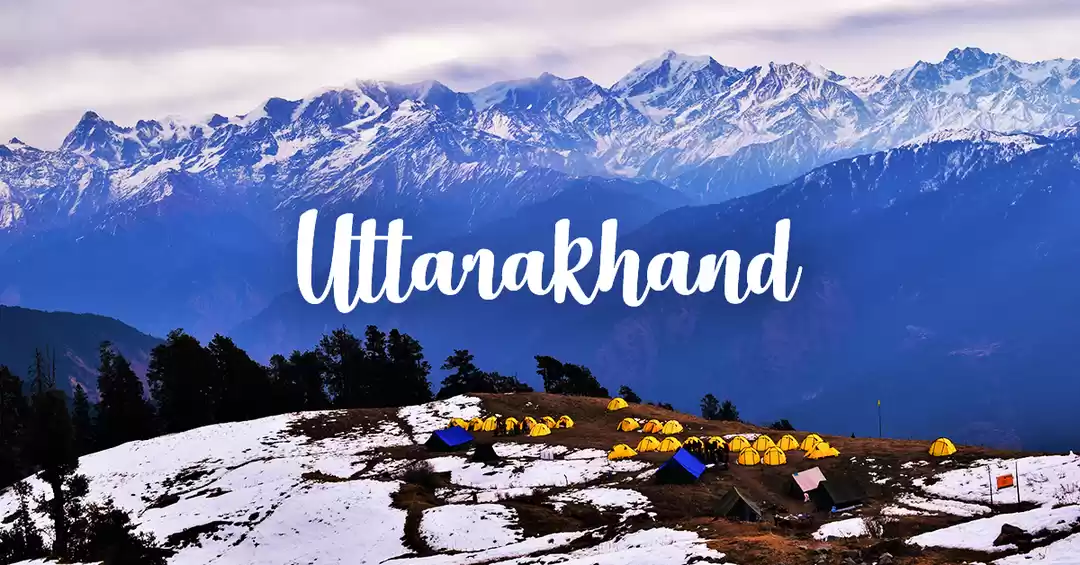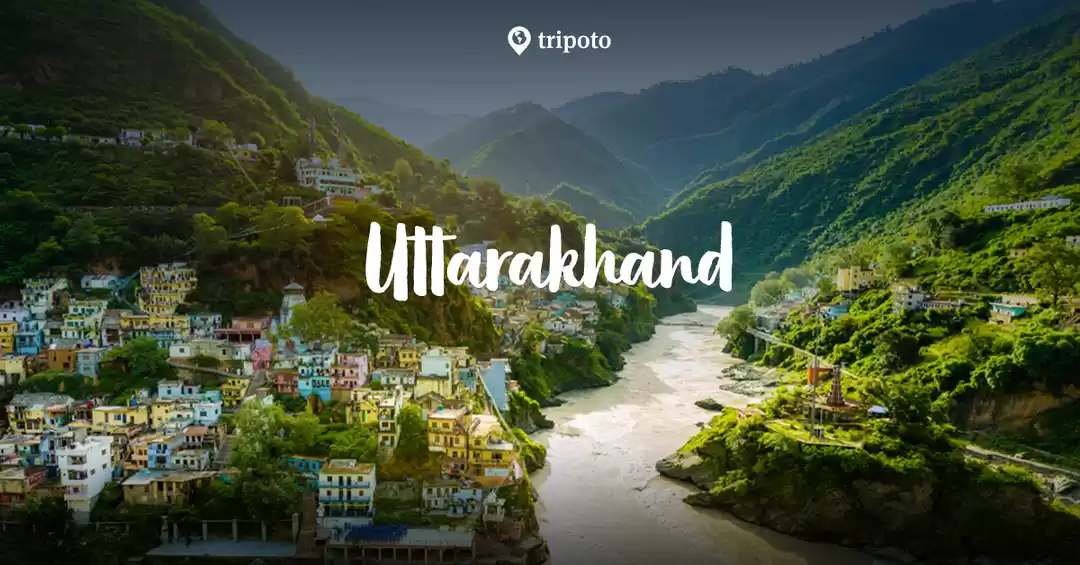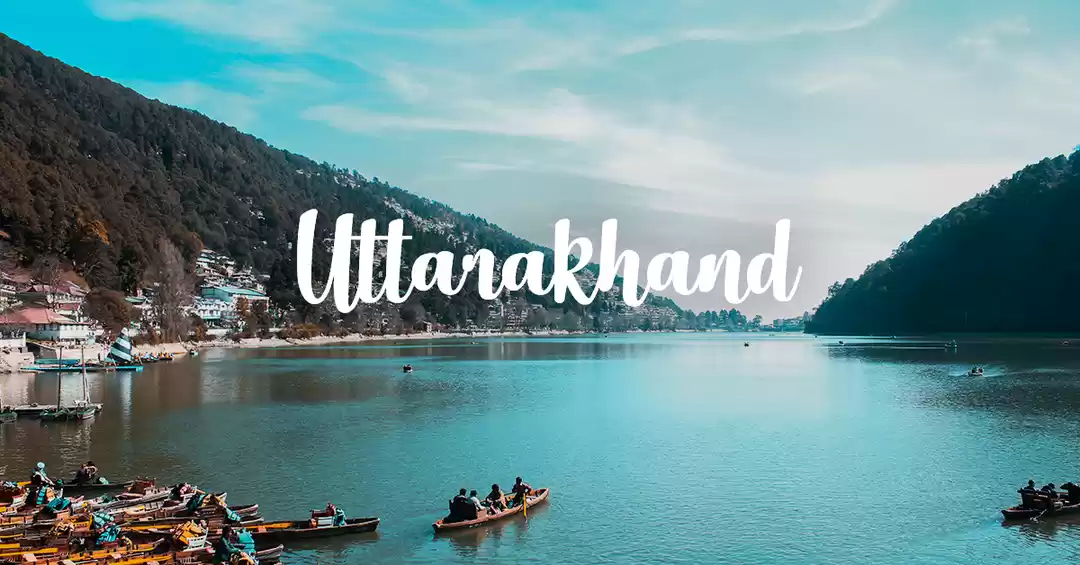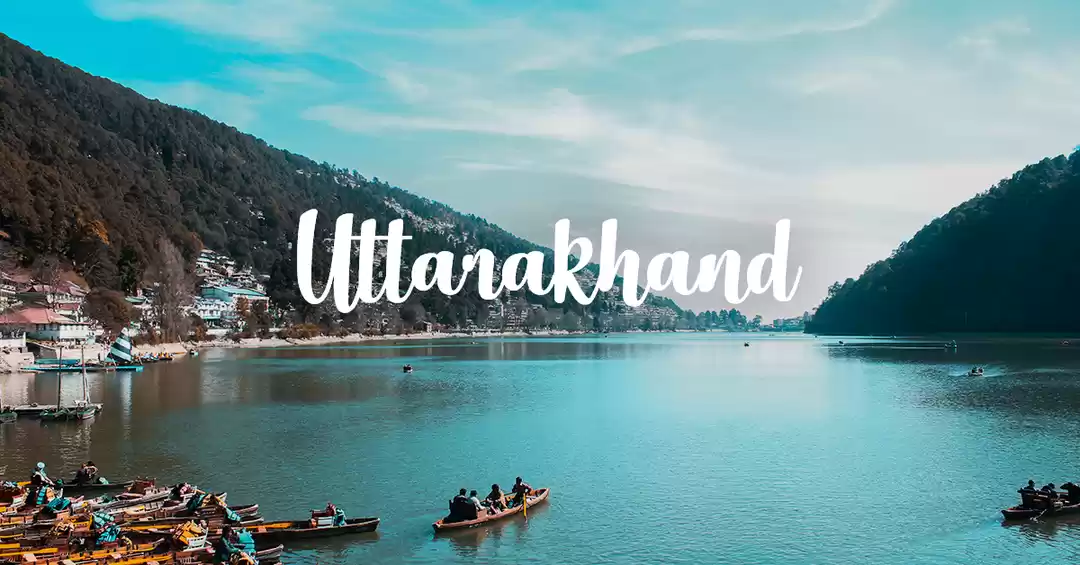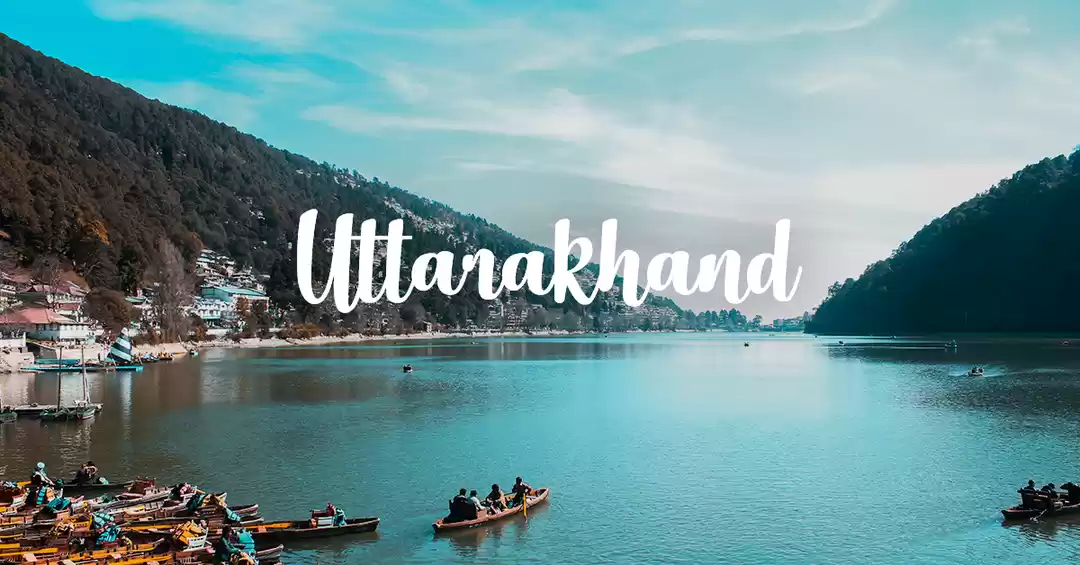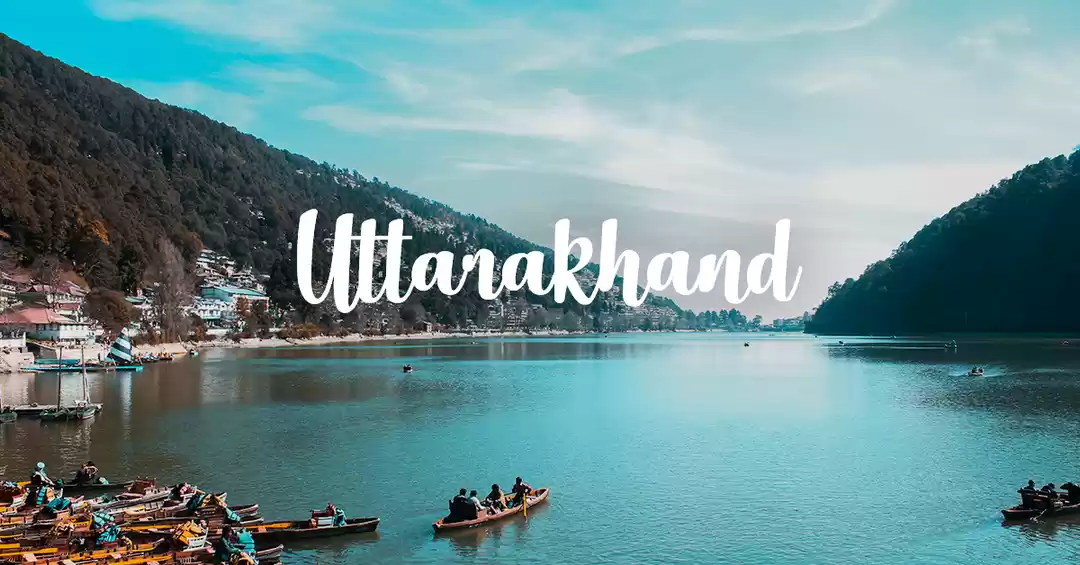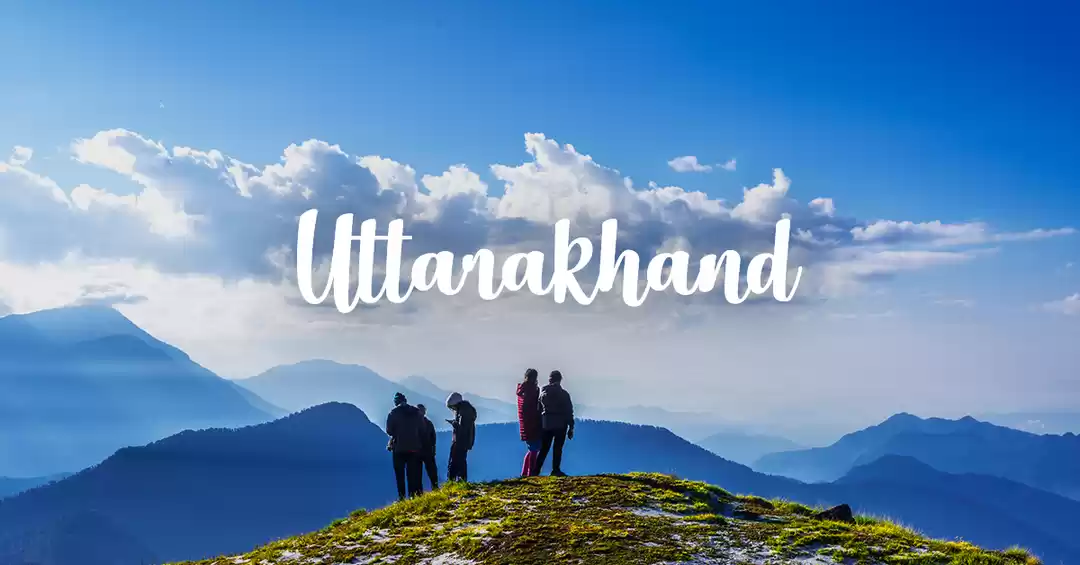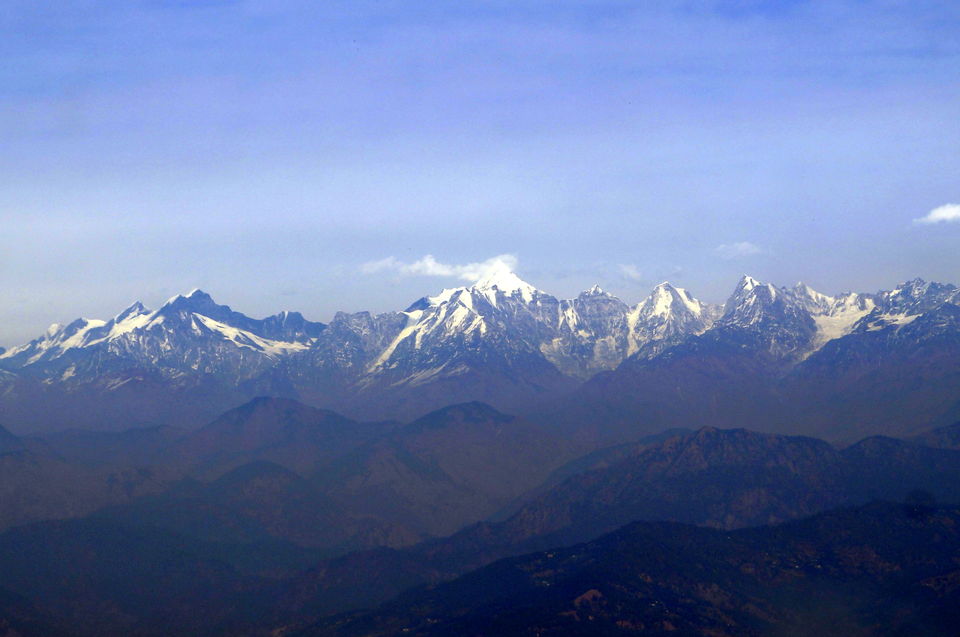
Welcome to a 5 day road trip over 1300 km long involving crisscrossing mountains, gazing endlessly at Himalayas as well as spotting a full grown Leopard in the middle of the night. Leaving aside the smallest Udham Singh Nagar, we drove through every district of Uttarakhand’s Kumaon division.
After a trip to Mukteshwar in November together, my friend texted me on a Thursday morning, right before Christmas, regarding another possible road trip. I jumped at the opportunity and on Friday morning we were on the road driving towards Lohaghat in Uttarakhand.
DAY 1
The journey was to last till Tuesday evening, as I had a office shift due at that night.
However, while having a tasty Veg Uttapam at Udupiwala in Rajabpur, our plan got modified a bit. There is a border entry point between Nepal and India in Banbasa. Since our route to Lohaghat passed through the area, we decided to pay a visit to Nepal. I have never been to a foreign country so the thrill of setting foot on a foreign soil attracted me further.
We reached Banbasa by 5:30 pm. The border is located at the picturesque Banbasa barrage over the Sarada river. The Indian vehicles can enter Nepal until 6 pm but there is no time limit when it comes to pedestrians. So we parked our car near the Police post and crossed the impressively huge Banbasa barrage on foot.
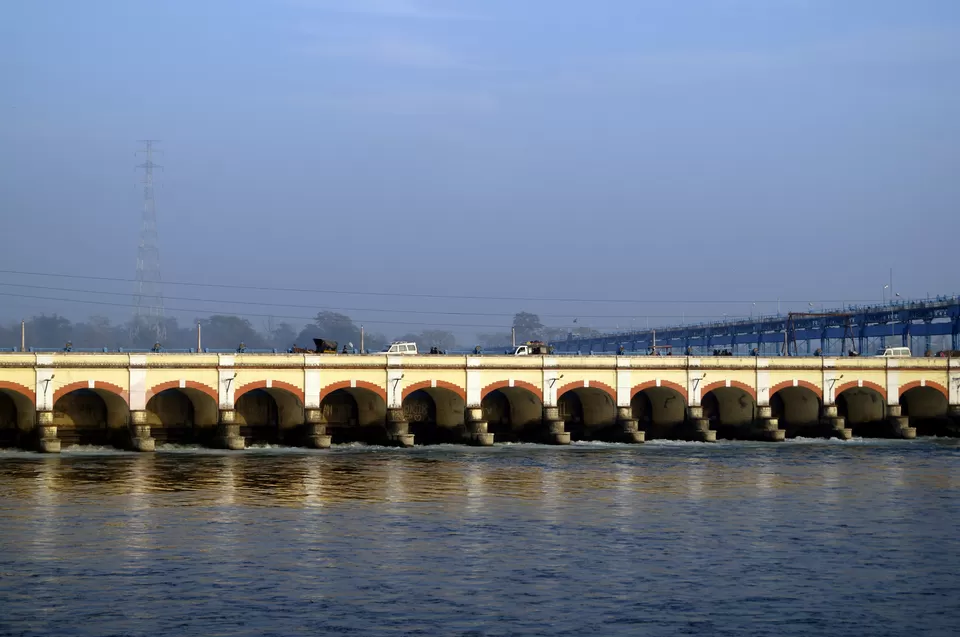
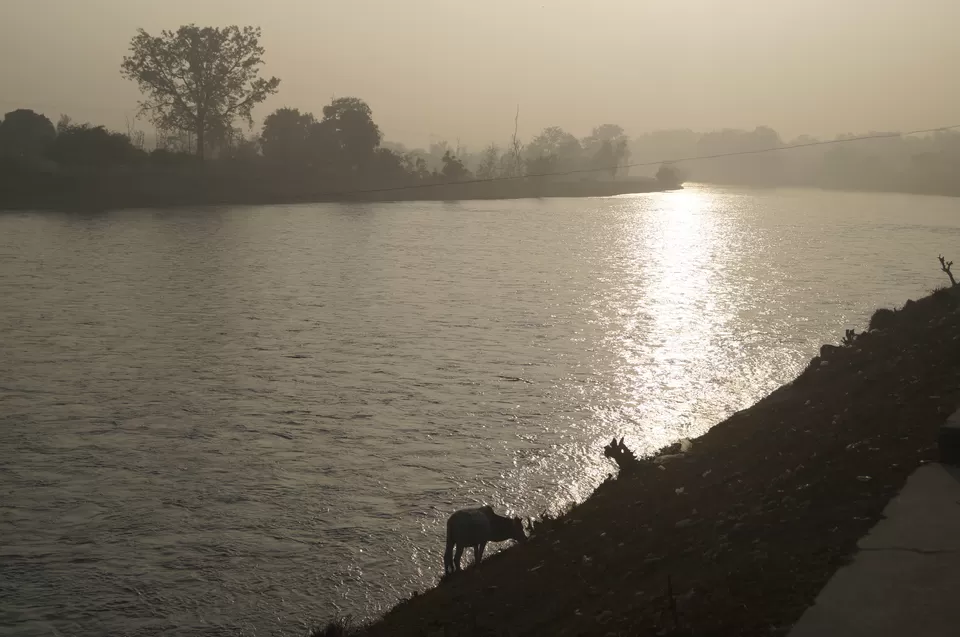
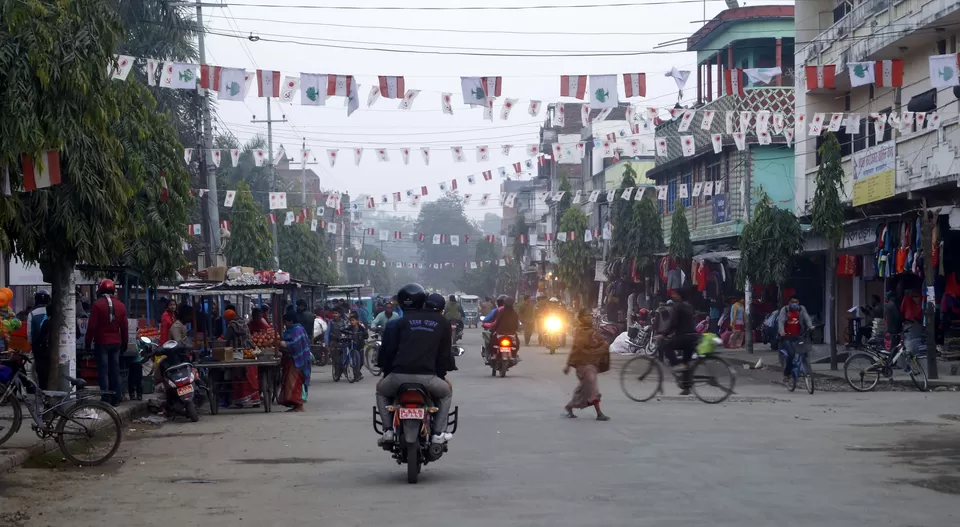
Indian Rupees is widely accepted in Nepal and we struck a deal for Rs 150 with an e-rickshaw to be taken to the market of the nearest town Mahendranagar. While its difficult to find anything authentic Nepali in the border town, a friend later told me that one could search for Nepali beer brands -Gurkha, Everest or local home made beer Chyang. After taking a tour of the market, we hired another e rickshaw for the border and were back in India within three hours. Thus ended my very short but first ever foreign trip. From Banbasa, we hit the road again and reached Lohaghat via Tanakpur at 1:30 am in the night. Since a hotel had already been booked, we crash landed directly on the bed.
DAY 2
Next morning, we drove to nearby Abbott Mount, which offers a breathtaking view of the Himalayas. The Panchachuli, or a group of five snow-capped Himalayan peaks lying at the end of the eastern Kumaon region, are easy to recognize. Abbott Mount is also known for various cottages which can be rented by families to enjoy the scenic view of Himalayas for an extended period.
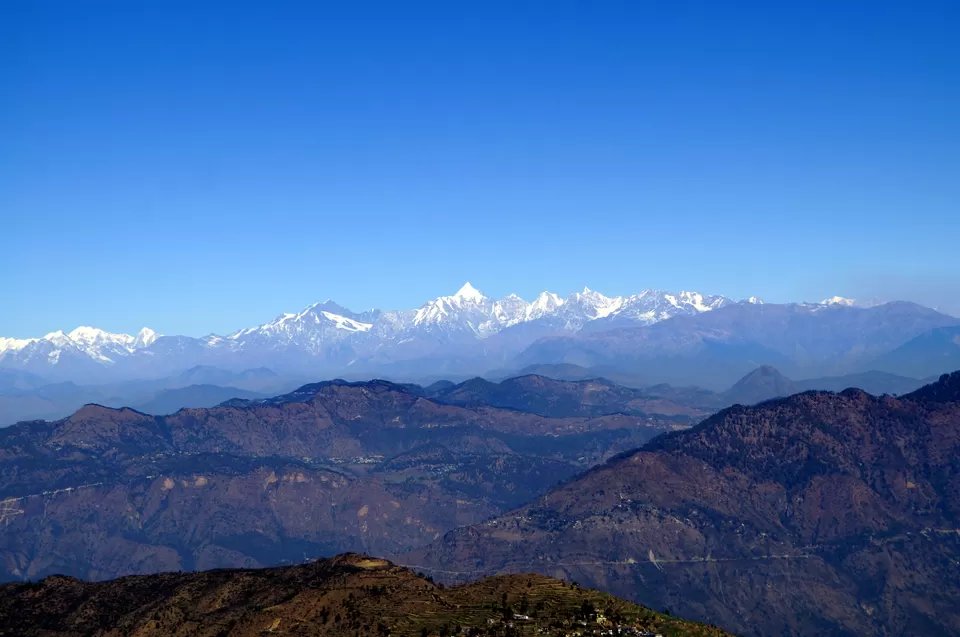
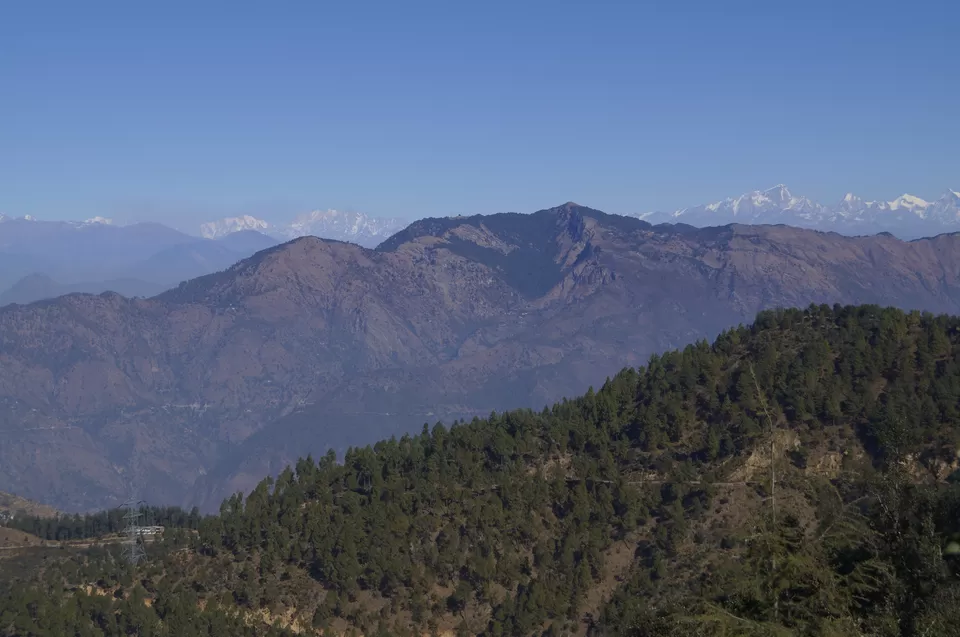

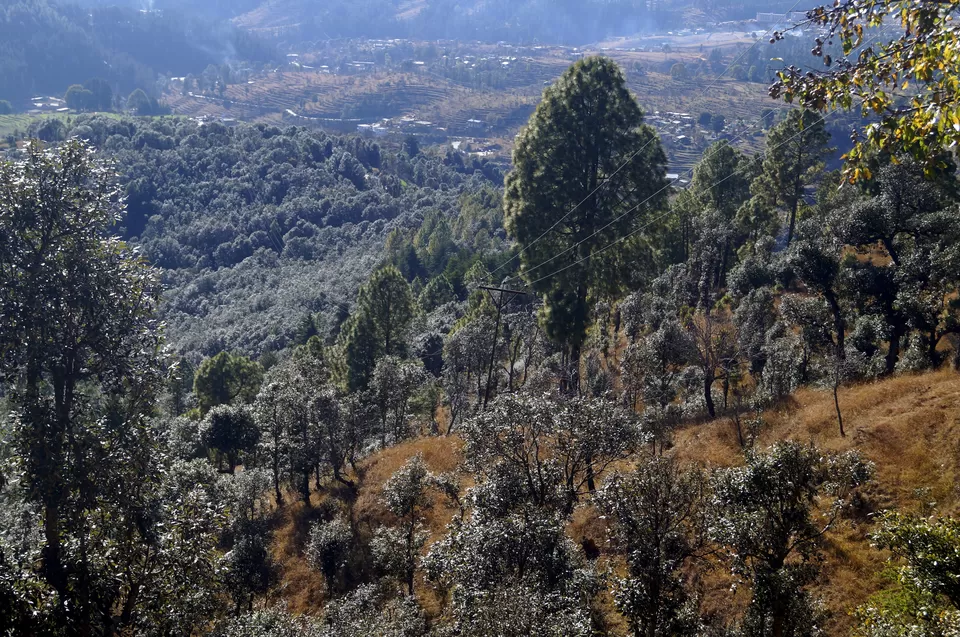
From Abbott Mount, we headed to the tea gardens in the nearby Champawat town. The tea garden, located at the edge of the hilly town, offers a panoramic view of the human agglomeration. We returned to the hotel in the evening to strap ourselves for a cold hilly night.
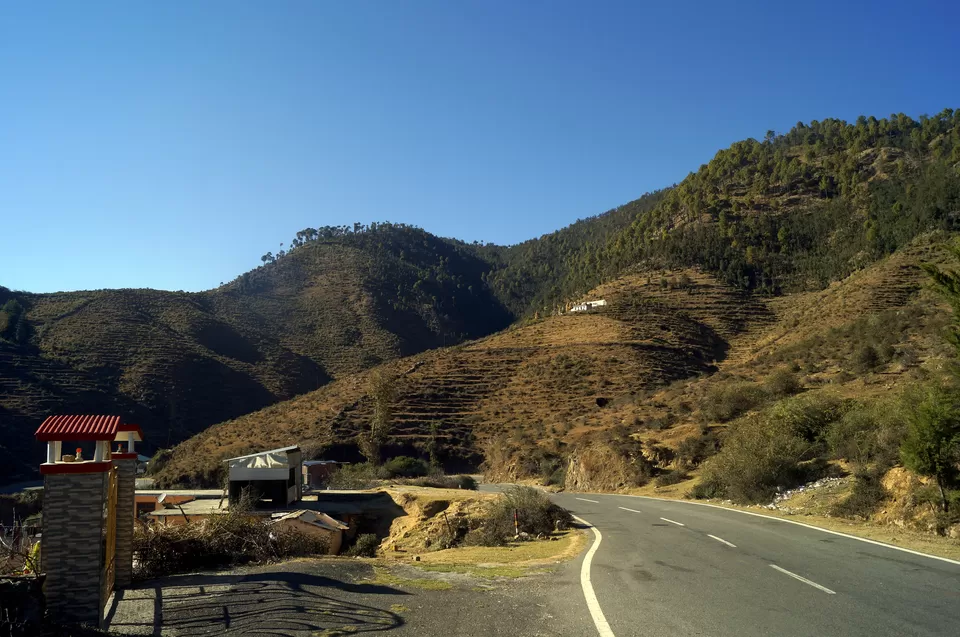
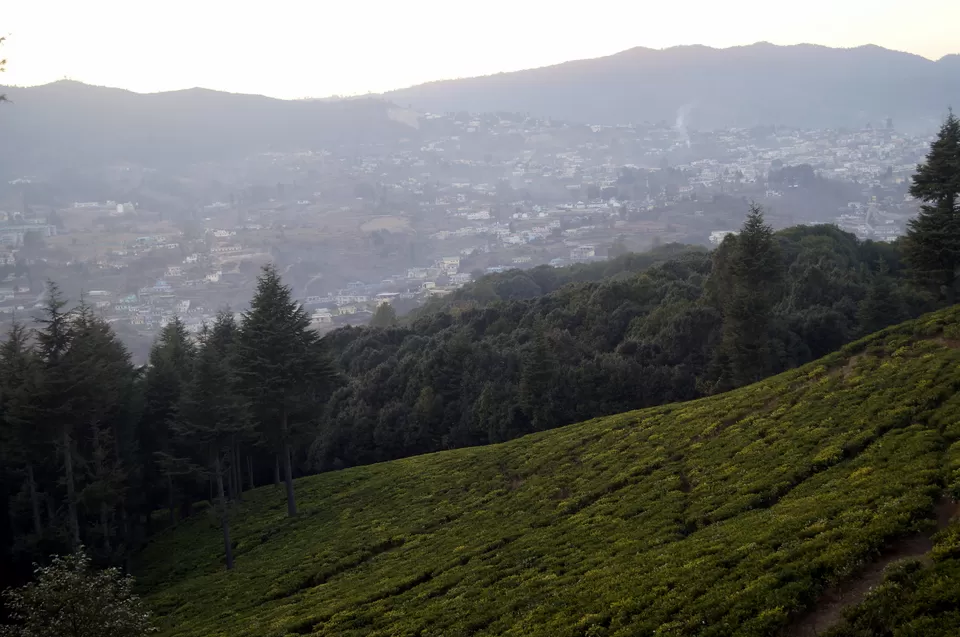
DAY 3
Next day we checked out to continue further to Chaukori via Patal Bhuvaneshwar, a small limestone cave temple not known to many. As we drove towards Patal Bhuvaneshwar, the Panchachuli started appearing bigger and nearer. We were zooming up and down various mountains before reaching a sparsely populated stretch, where the only sound one could hear was of the car’s roaring engine. Still, we managed to spot a cricket match with live commentary right on top of a mountain. Here are few videos and photos.
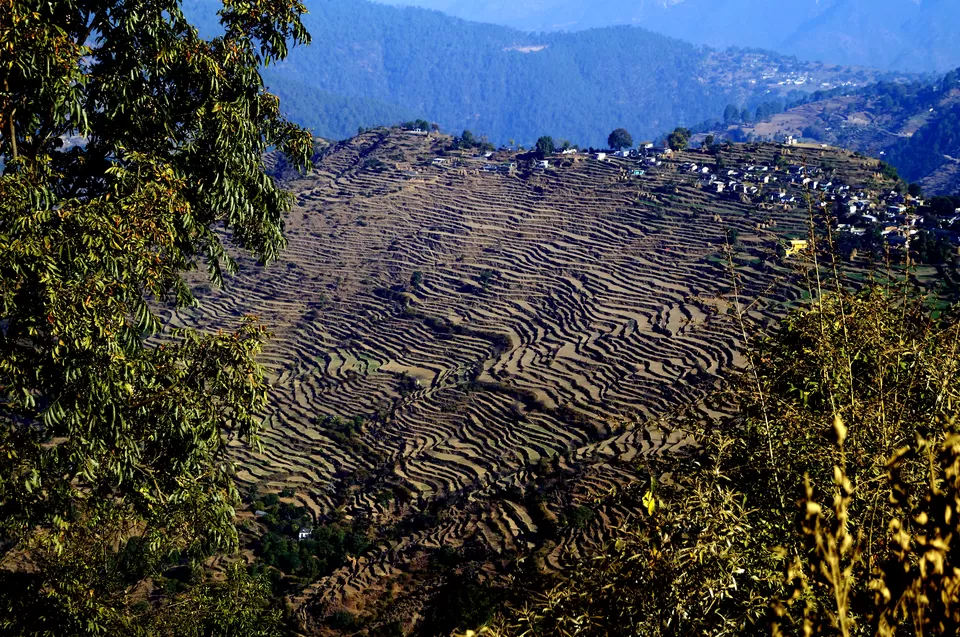
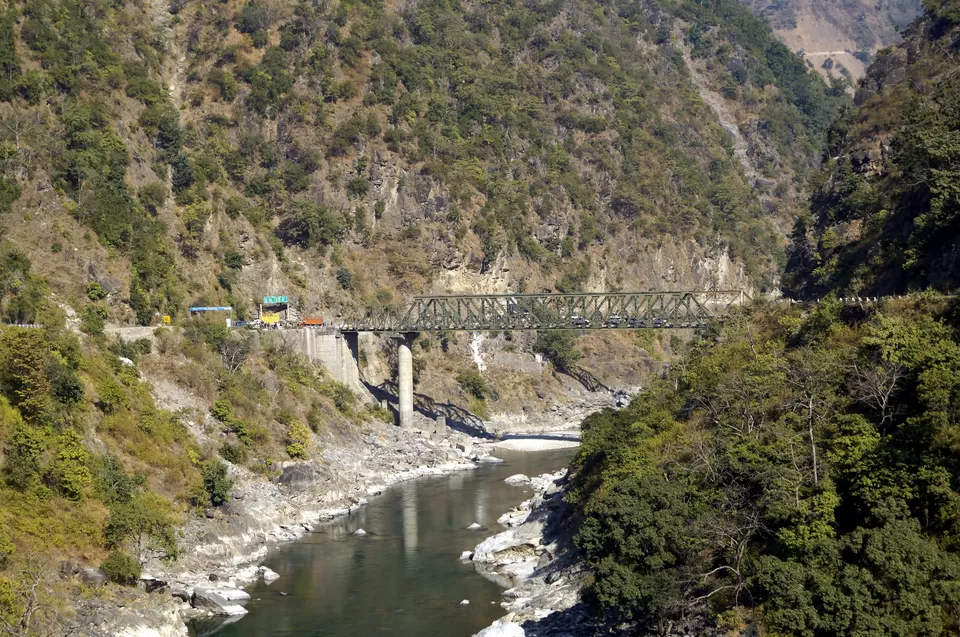
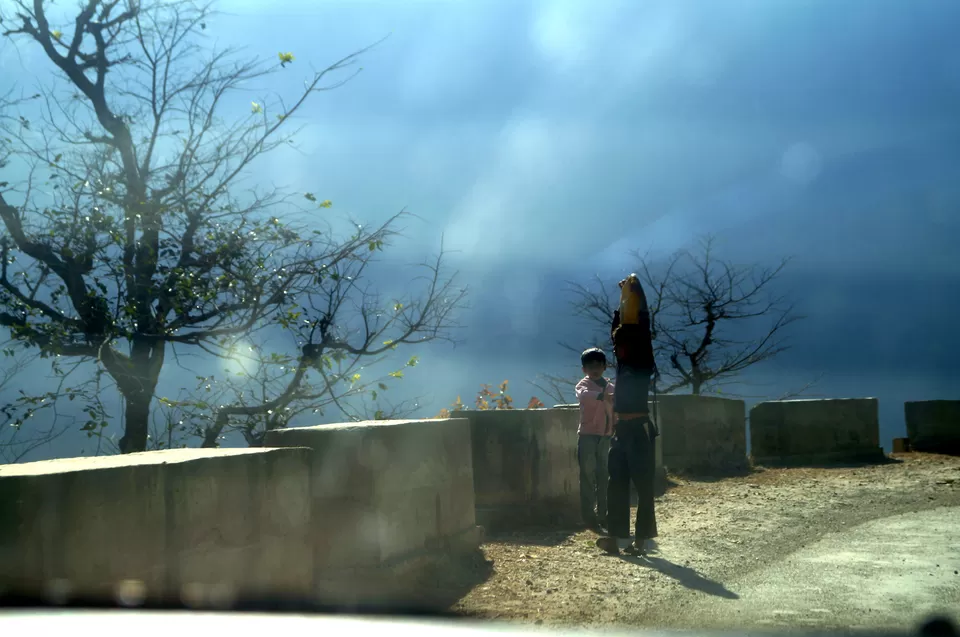
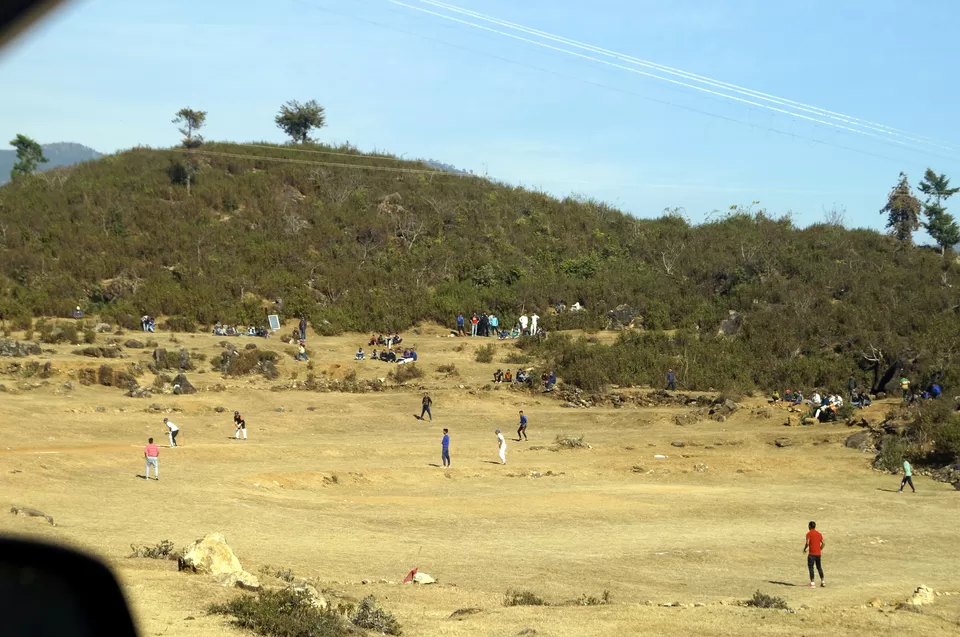
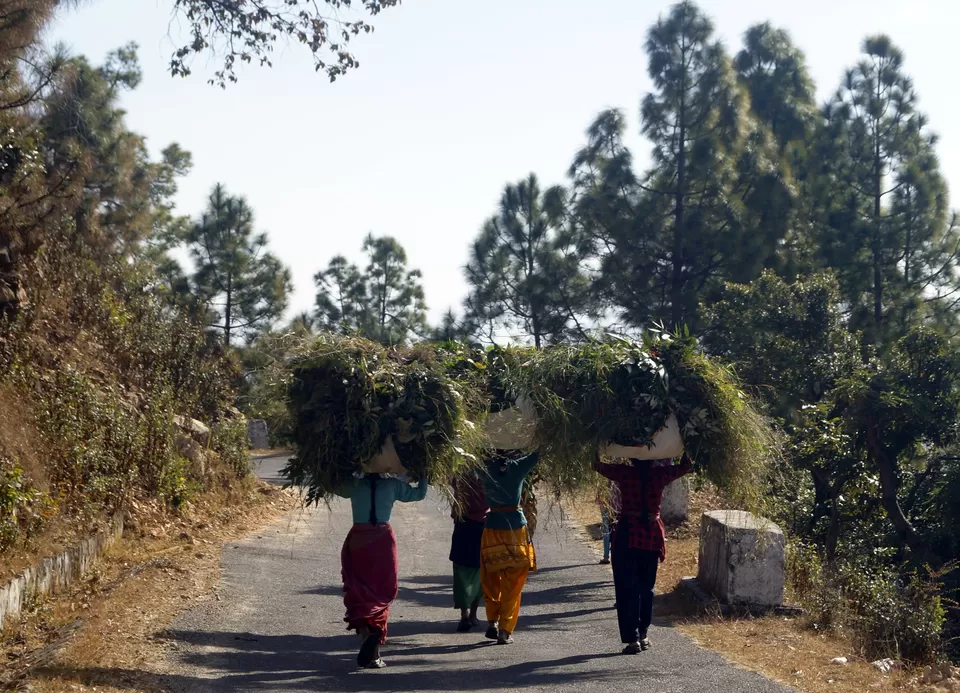
We reached Patal Bhuvaneshwar around 3:00 pm and parked the car nearby. Since photography is not allowed inside the cave, I couldn’t capture the beauty of this underappreciated place. There a lot of myths associated with this cave and being an atheist, I was little sceptical before climbing down the cave. However, myths aside, the natural beauty of the cave was enough to justify the visit.
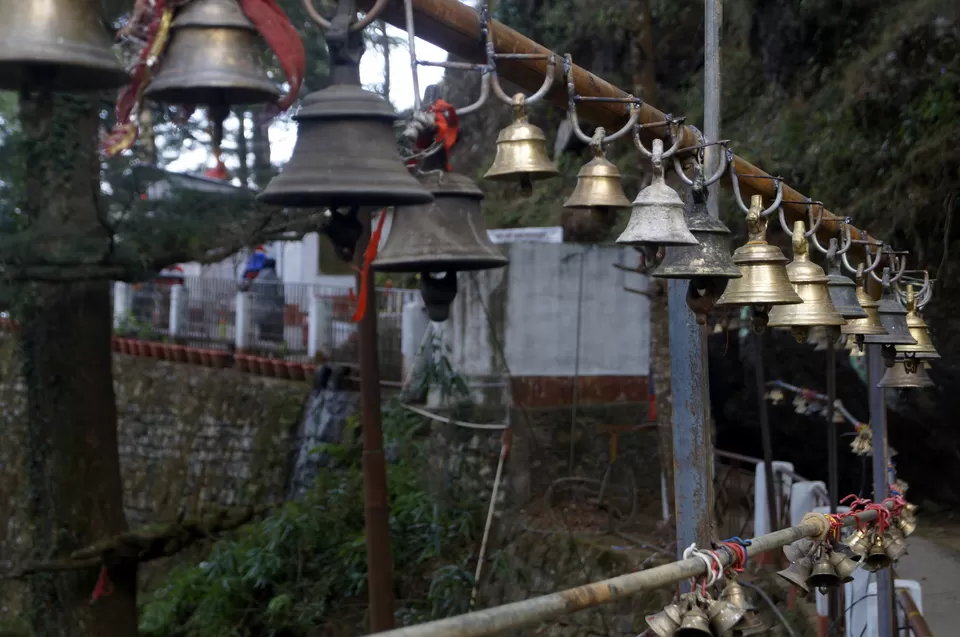
There is a steep descent in the cave with the support of metal chains where one has to slide through narrow rock cavities before reaching the bottom. There being a single entry and exit gate, only a selected group of people are allowed to enter at one point of time. Since not many people visit this place, you won’t have to wait long for your turn.
There are beautiful structures inside the cave formed over year of erosion by water and gases. Some of these structures strikingly resemble Hindu gods and figures – the reason the cave has become a holy spot. There is a family of priest which has been taking care of the cave for generations. The priest also gives a quick tour of the cave after which the group has to ascend back to the entry to allow the next group to enter. The cave is also protected by Archaeological Survey of India.
One also gets a wider and more beautiful view of the snow covered himalayas from Patal Bhuvaneshwar. It was a delight to have lunch while gazing at the foggy valley extended wide open before the majestic Himalayan range.
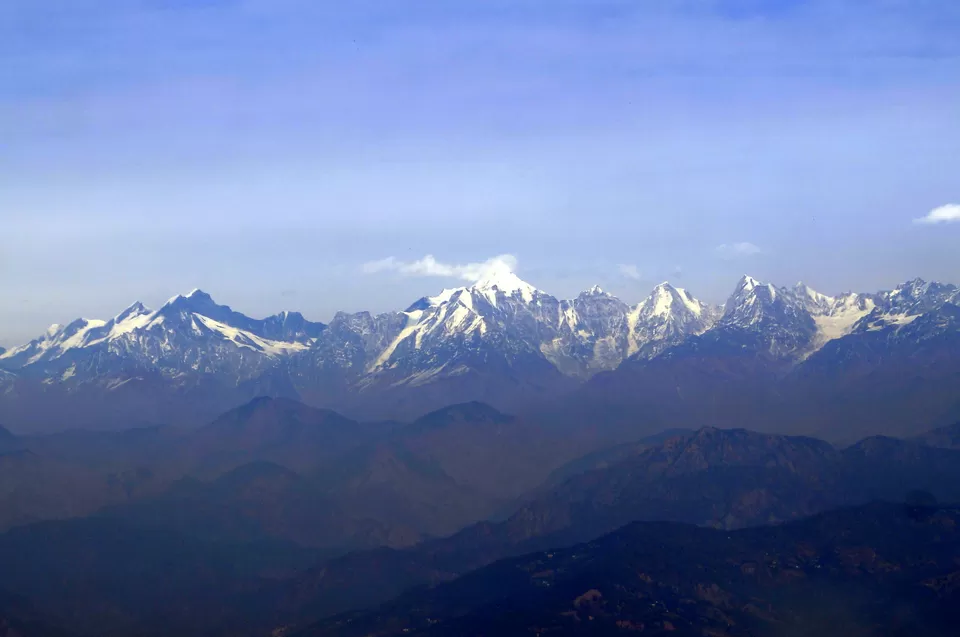
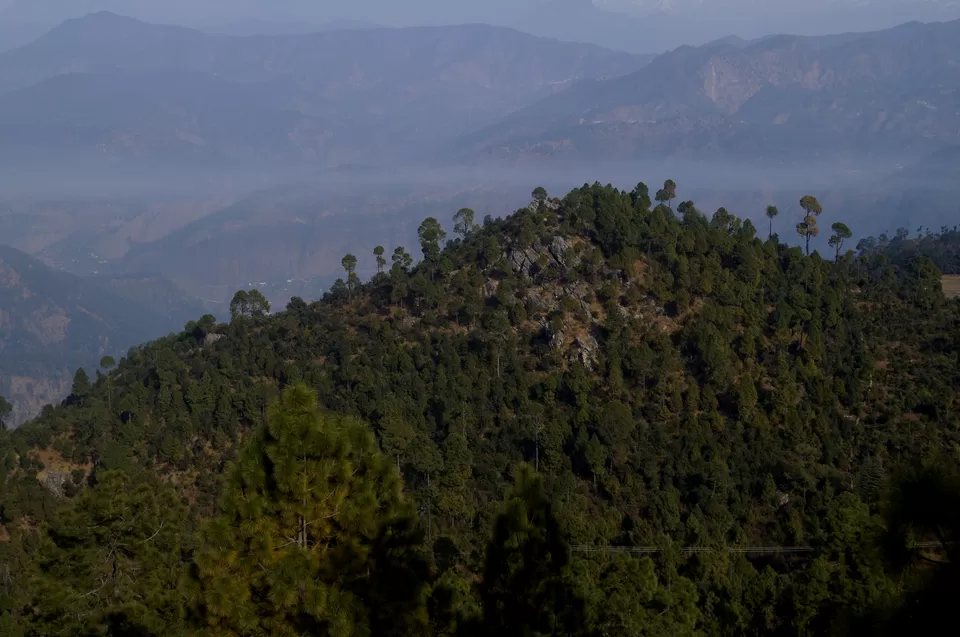
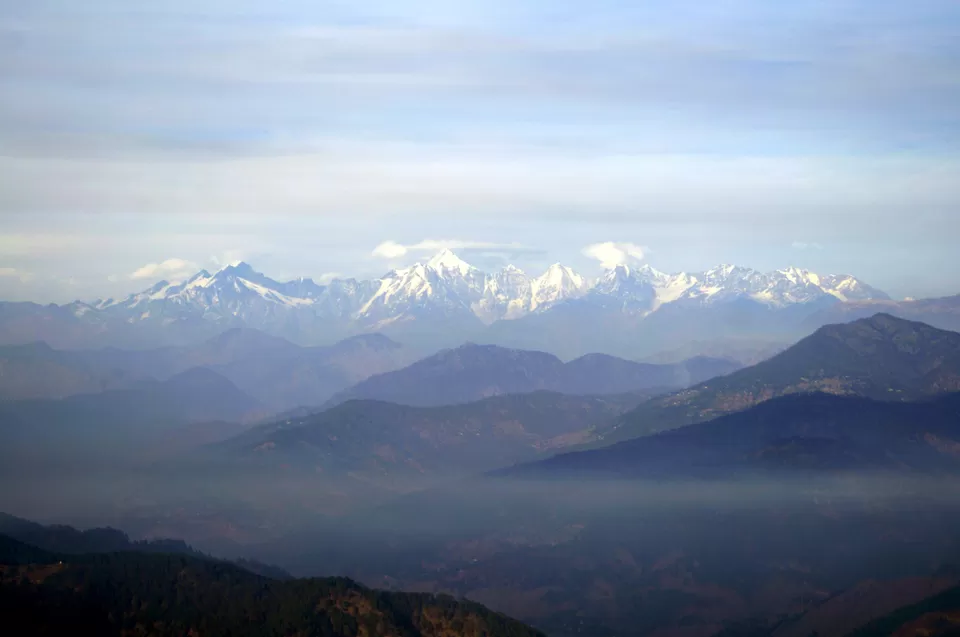

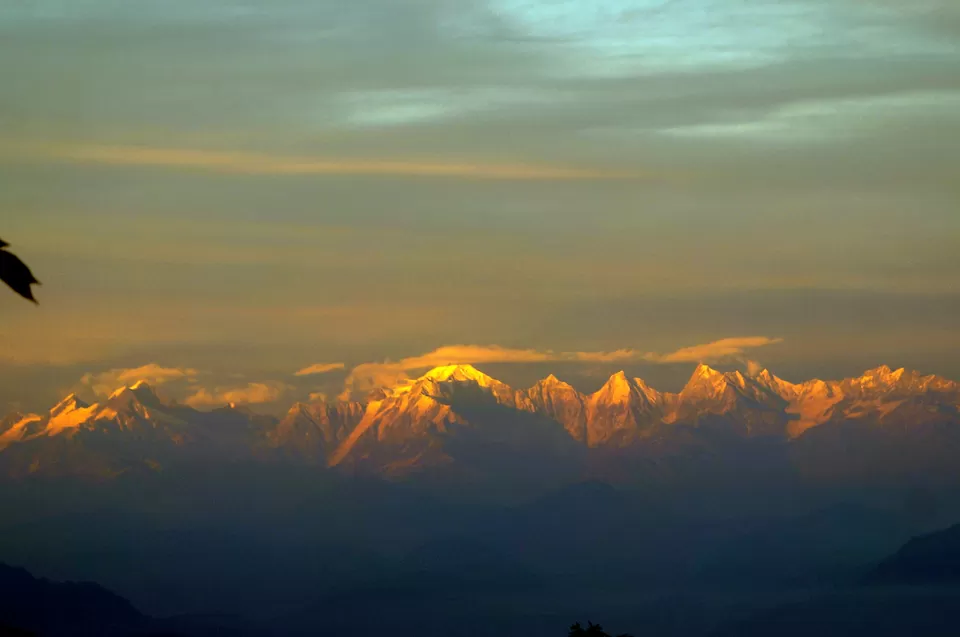
After stuffing ourselves, we continued our journey and reached Chaukori by around 7:00 pm. We booked a hotel and went to bed early to wake up for the famed Chaukori sunrise.
DAY 4
Up by 6:00 am, we stationed ourselves on the hotel roof to wait for the sunrise with our cameras ready.
Slowly, the lining of nearby low lying mountains started to appear soon followed by shadows of the majestic Himalayas behind.
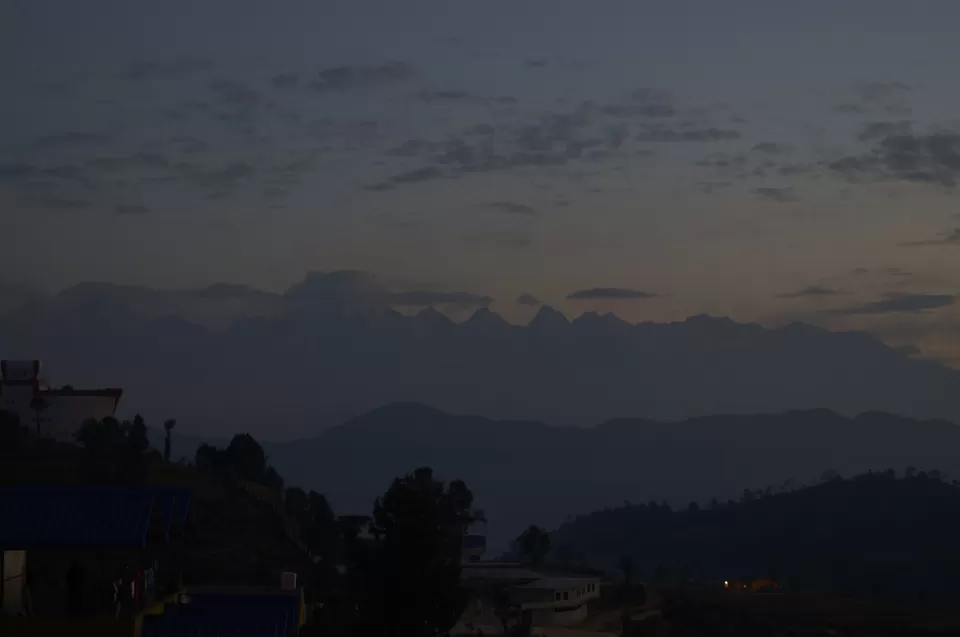
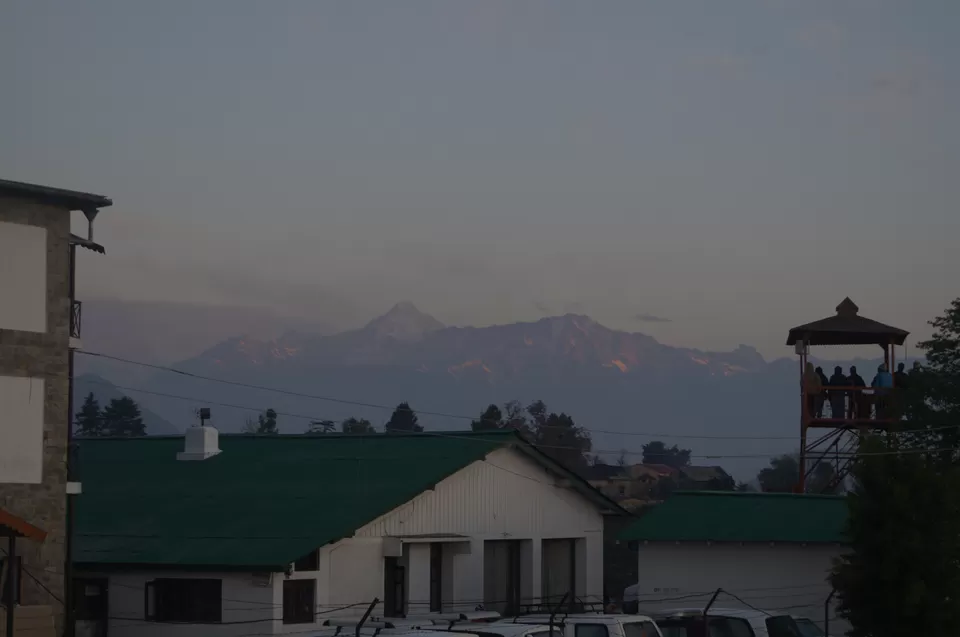
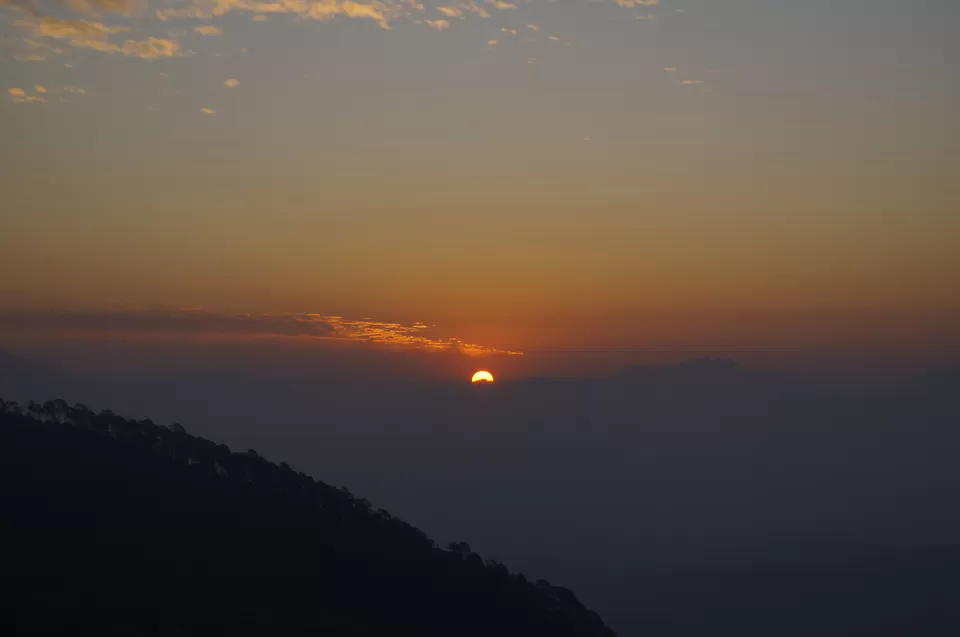
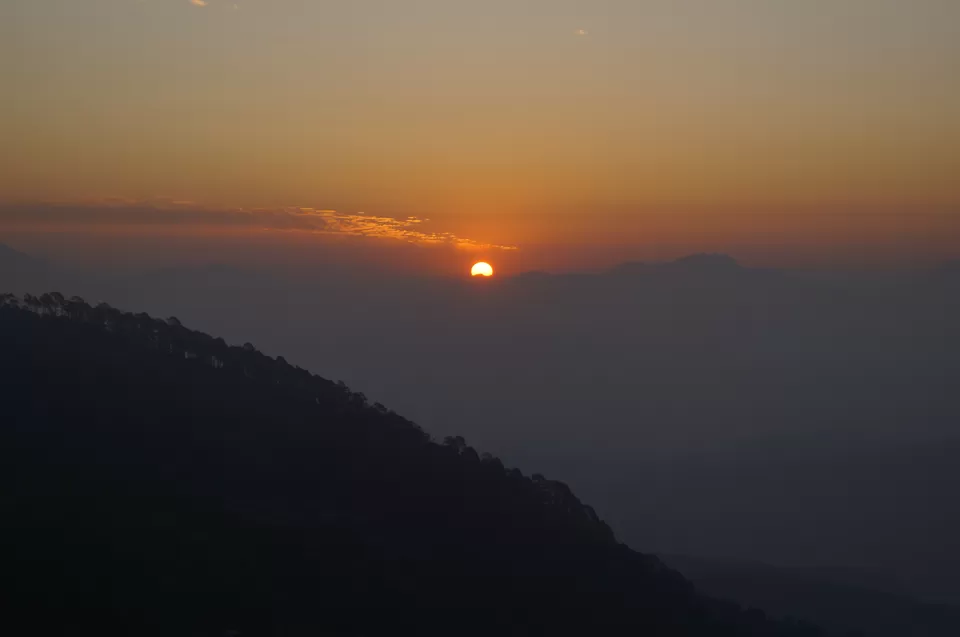
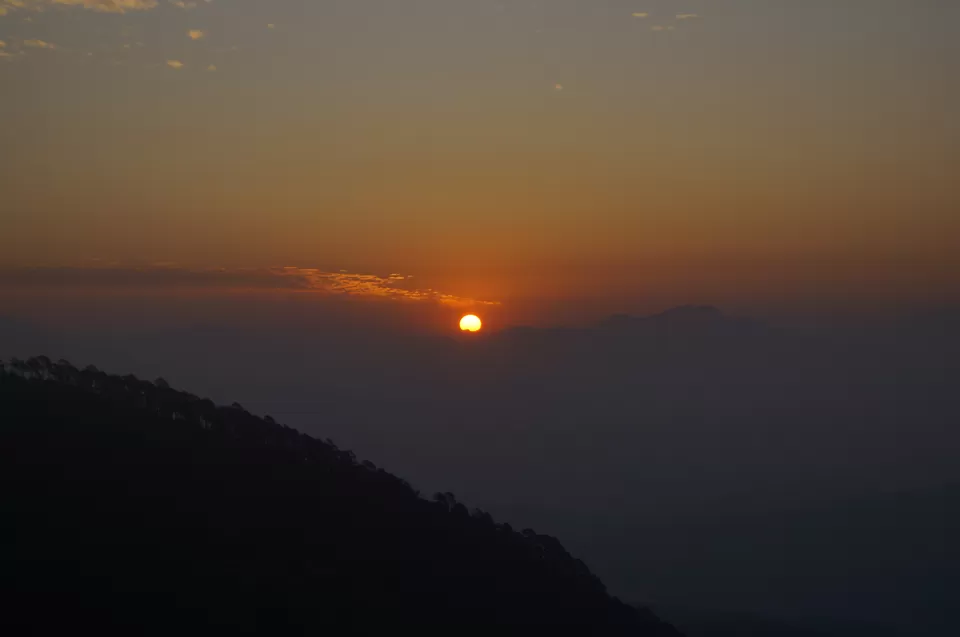
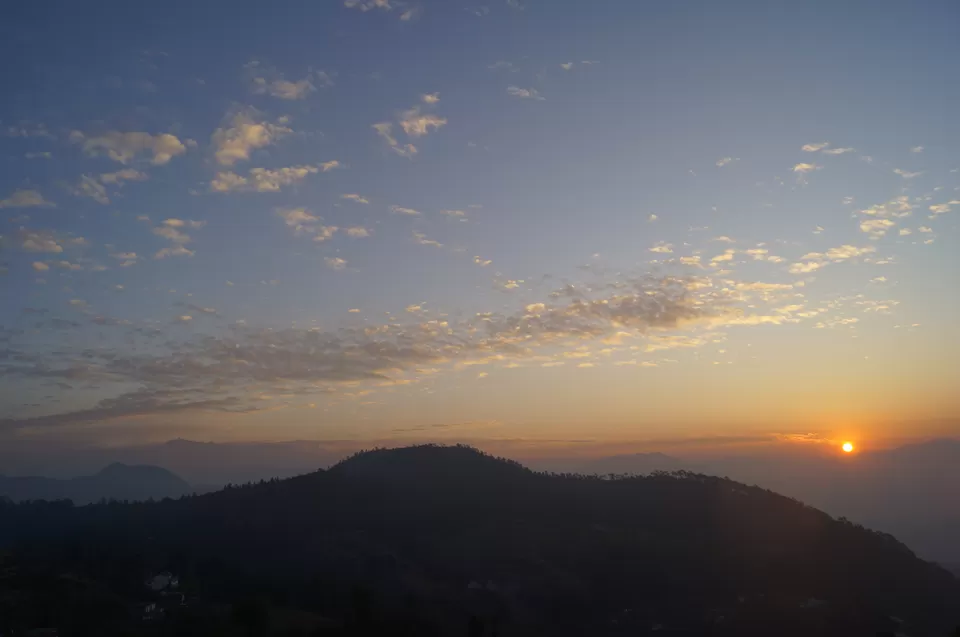
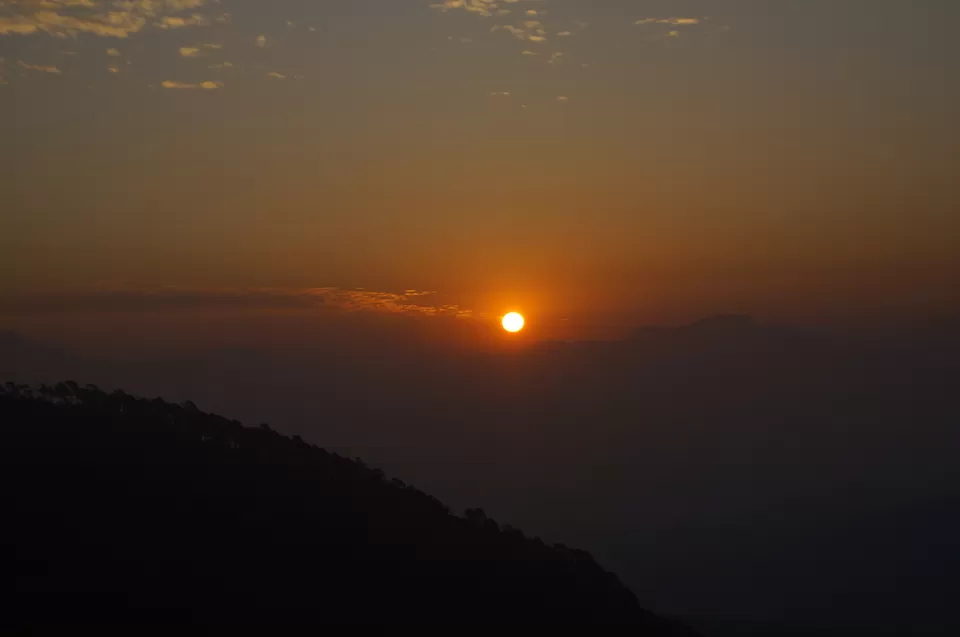
By 7 a.m. the himalayas were clearly visible, high and towering over other mountains of the region. This was the nearest we could come to the Panchachuli peaks and it seemed the whole journey from Lohaghat to Chaukori was gravitating towards this final moment.
The sun rose gradually from a low lying mountain, coloring the white himalayas orange from its light. The clouds were covered in different hues as the ball of fire came out of the mountain and stayed still for a couple of minutes. This was the most beautiful moment and will remain stamped in my memory for a long time. I could gaze eye to eye at the perfectly, round orange sun; shining and quivering wildly. I dropped my camera to just enjoy the view. After several minutes, the sun climbed further, turning bright yellow in its full power and filled the sky with white light. I could no more look at it directly. We had a nice and relaxing breakfast at the hotel overlooking the valley.
We had weighed our options for the rest of the journey. We could either continue our journey towards the Himalayas by heading towards the hill town of Munsyari, another 100 km from Chaukori, or make a detour towards Bageshwar. While Munsyari would have given even a closer look at Himalayas, Bageshwar gave the possibility of exploring another side of Uttarakhand.
In the end, leaving behind the quite environs of hill stations, we decided to head towards Bageshwar – a small town which owes its name to Bagnath temple. While the drive from Lohaghat to Chaukori was full of dry and abandoned mountains, the journey from Chaukori to Bageshwar is full of greenery, with long pine trees lining the road throughout. Situated on the confluence of Gomti and Sarayu river, the town looked a beautiful agglomeration of small houses as we drove down from an adjacent mountain.
After parking the car, we took a round of the main market near the Bagnath temple. The walk is interesting as it gives a flavor of daily life in a nominal hill town. While the Bagnath temple is small and average in its architecture, it has a great following among the bhakts of Shiva. We wrapped up the temple quickly and decided on our next destination – the Jageshwar temple.
Google maps took us through a very narrow and broken road for Jageshwar – which we reached around 5:00 pm. The temple, a collection of different sites on the way and a main complex, is in a small, isolated village. The site is protected by the Archaeological Survey of India and there is a museum located just opposite the temple complex.
While it was already evening by the time we reached, nothing prepared us for the ice cold stone of the temple which made our feet numb. While I had been to various stone structures, where I had to save my feet from the heat, this was the first time that the stone was becoming unbearable to walk because of cold. We were also able to catch the 5:30 evening aarti – a soothing sound of small group of devotees and priests singing to the lord in unison with drums and bells ringing in the background.
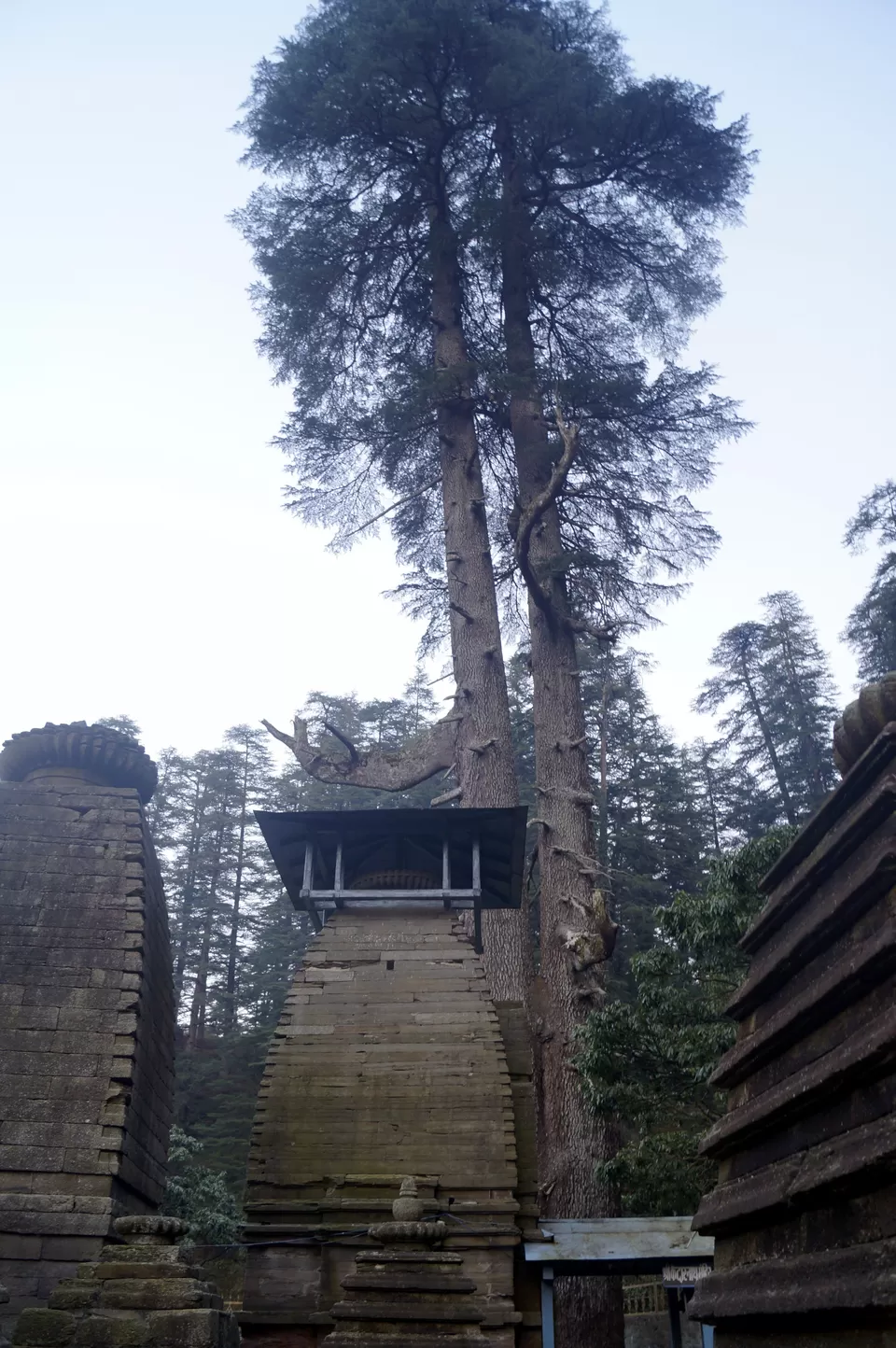

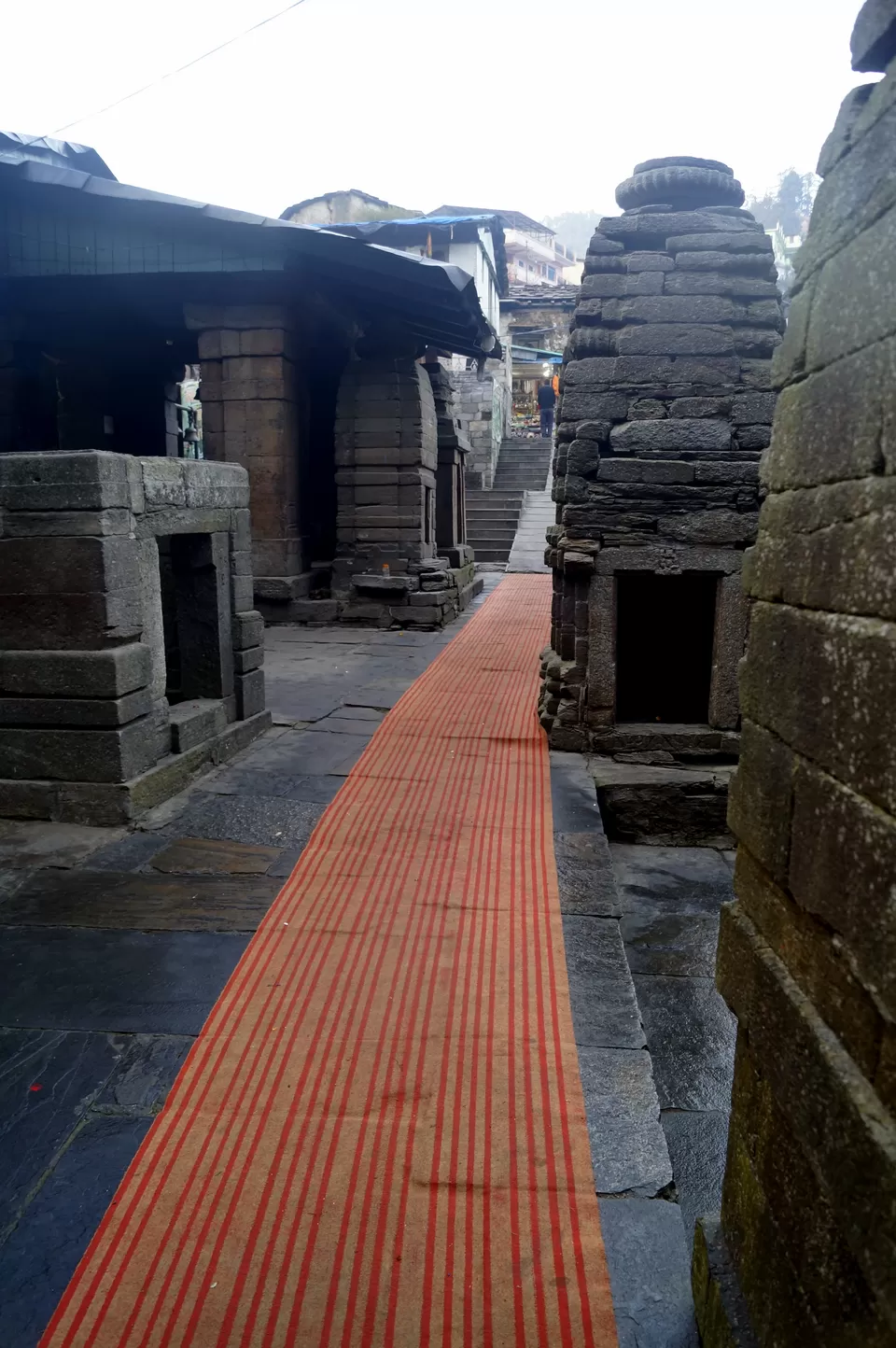
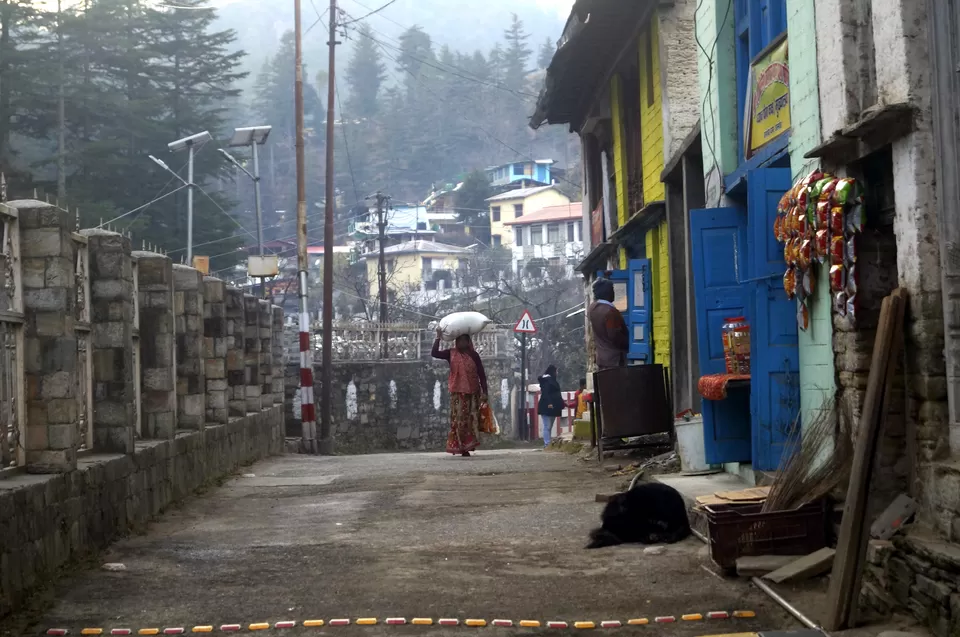
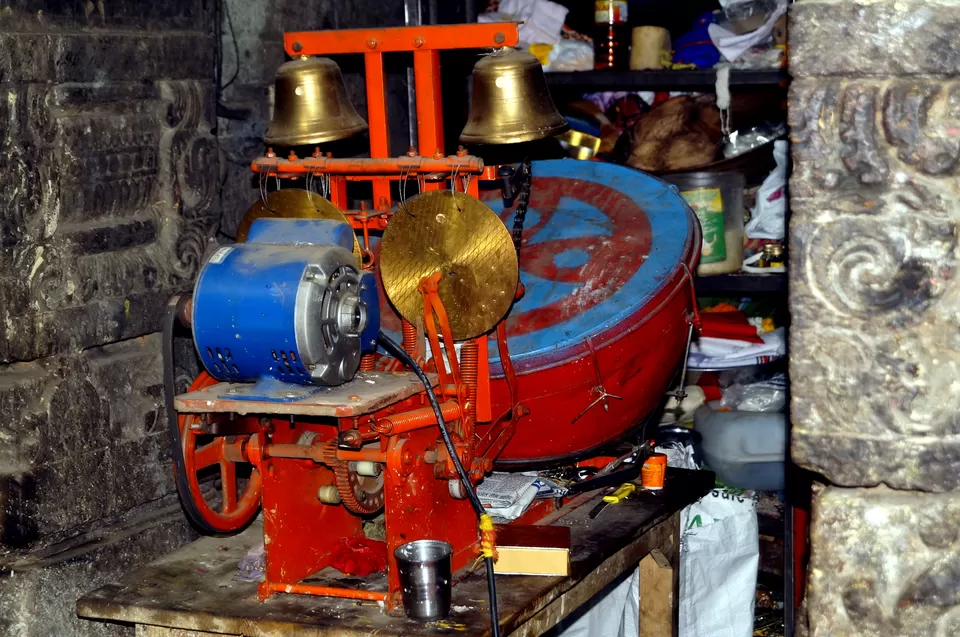
As it got dark, we hopped back into the car and headed to Almora bypass to start our journey back to Delhi. However, things didn’t go as planned. After crossing Almora, the Google maps led us astray and with limited diesel, we found ourselves lost in the mountains. However, while exploring a possible route to Haldwani, we spotted a full grown leopard running on the road right in front of our car. It was thrilling to say the least as I had either heard about leopard encounters from local paharis or read about them in Ruskin Bond’s books . The leopard ran for several seconds on the road before quickly jumping into the bushes as we drove past him. The rare encounter made the risk of getting lost in the mountains totally worth it.
However, soon we got back our senses and decided to drive back to Almora, refuel the car and leave the next morning. All the petrol pumps were shut as we entered Almora at 11:45 pm in the night. We parked the car near a petrol pump and drifted to sleep on our seats thinking of a speeding leopard lit by our car’s headlights.
DAY 5
Next morning, we refueled our tank and drove non stop to Delhi with only two breaks at Bhowali and Moradabad. My friend drove the car throughout the journey and the trip would not have been possible without his presence of mind and love for driving. Hats off to you Abhishek !
Keeping ourselves awake by inventing all kinds of conversations, we reached a smoke and dust filled Delhi around 5:00 pm. I bid my friend my goodbye at INA metro station and got ready to dive right back into the routine of my daily life.

